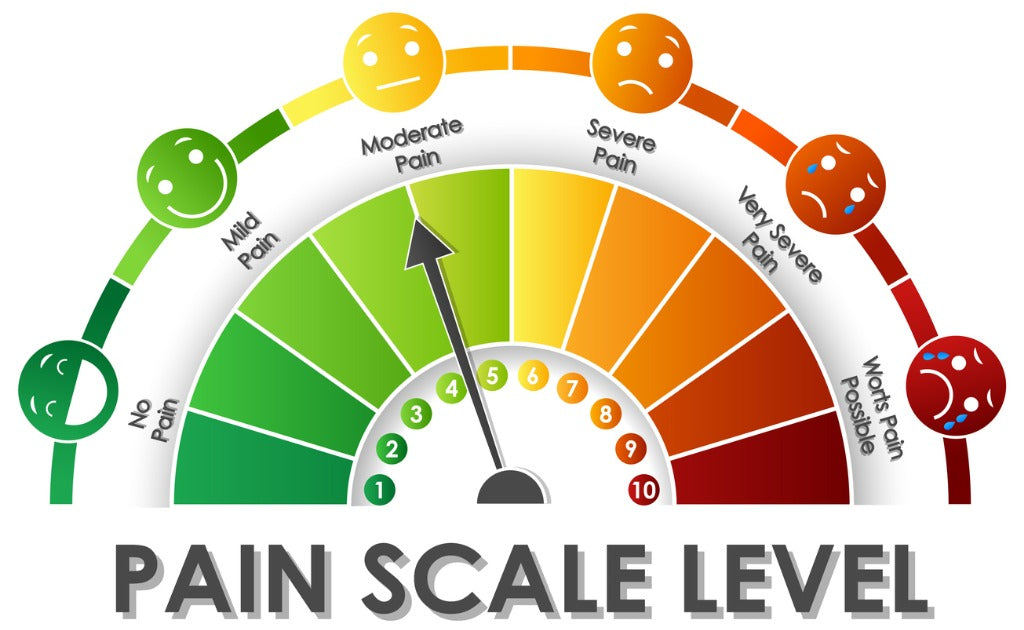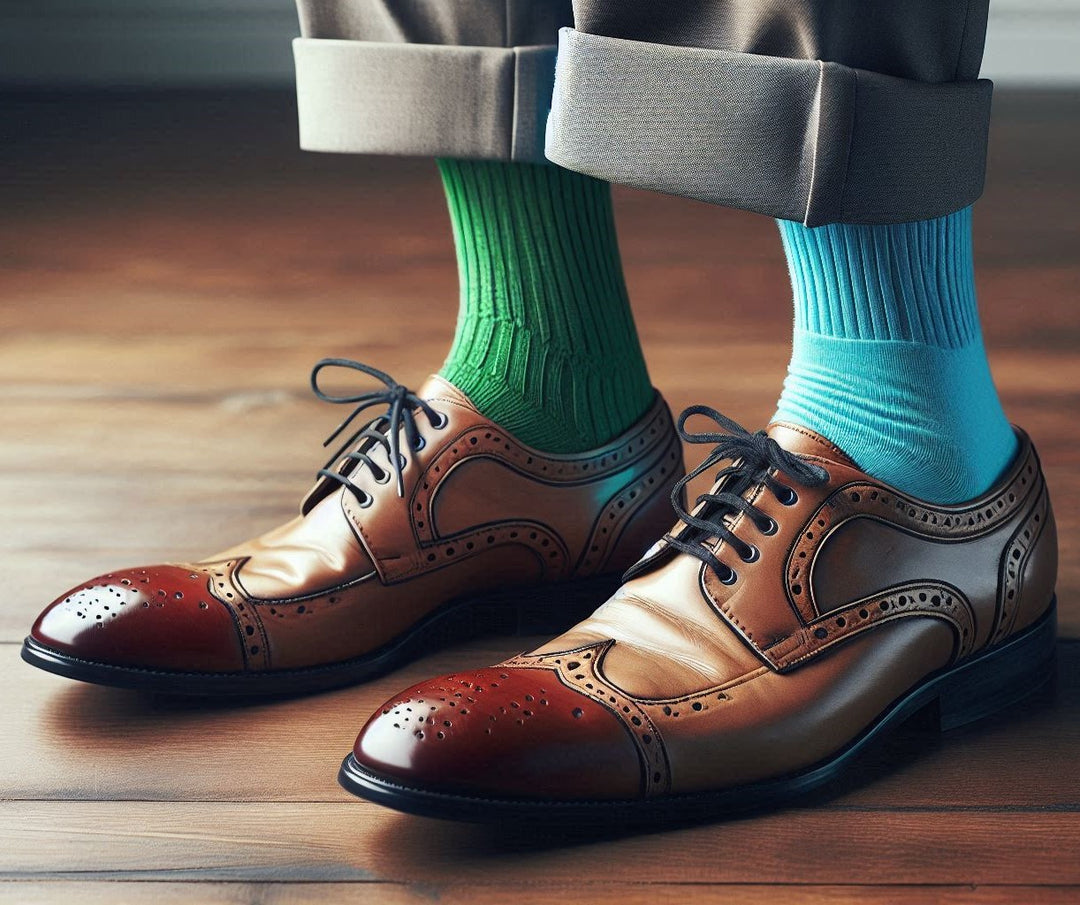Wearing a Green Sock and a Blue Sock to Church
Does Aging Affect Our Ability to Distinguish Colors?
A few Sunday's ago, I sat down at church, feeling pretty good—until I looked down and realized one of my socks was green and the other was blue. I tried to hide my feet under the pew, hoping no one would notice. Halfway through the service, my wife nudged me and whispered, "Nice socks." By the time the service was over, I was pretty sure half the congregation of 4,000 people knew I had mismatched socks. No one said anything directly, but I definitely caught a few amused glances on my way out. I have gone to the same large church for 25 years but no one really knows me and my wife. But now a lot of people know the guy who wears mismatched socks. All part of getting older.
As we age, our bodies undergo a wide range of changes, many of which affect our senses. One of the lesser-known but significant impacts of aging is on our ability to perceive and distinguish colors. This phenomenon can occur gradually, often going unnoticed until it begins to interfere with daily tasks. Understanding how and why color perception declines with age can offer insight into broader changes in vision and brain function, as well as ways to adapt to these shifts.
Why Does Color Perception Change as We Age?

Color perception is primarily a function of the eyes and brain working together. Light enters the eye and passes through the cornea and lens before reaching the retina, where specialized cells (called cones) detect colors and send signals to the brain for processing. As we age, several physical changes in the eye occur that affect how light is perceived and, consequently, how we see colors.

One of the most notable changes happens in the lens of the eye. With age, the lens becomes less flexible and more yellow. This yellowing of the lens acts like a filter, making it harder to differentiate between certain colors, especially those on the blue spectrum. Blues may appear faded or washed out, and the contrast between colors becomes less pronounced. This can lead to confusion between hues like blue and green, or violet and black.
Another factor is the decreased amount of light entering the eye. As the lens thickens, less light reaches the retina, which can reduce overall brightness and color intensity. In dim lighting, this effect is particularly noticeable, making it more difficult to distinguish colors in low-light environments.
How the Brain and Eyes Collaborate
While much of the difficulty in distinguishing colors stems from changes in the eyes, the brain’s role in interpreting visual signals also changes as we age. Research shows that cognitive aging can slow down the brain’s ability to process sensory inputs, including visual information. This decline in brain function may exacerbate the effects of physical changes in the eyes, leading to greater difficulty in distinguishing colors, especially in complex visual environments where multiple colors are present.
The Impact of Cataracts
Cataracts, a common condition in older adults, can further impair color perception. A cataract is the clouding of the lens inside the eye, which not only reduces overall vision clarity but also distorts colors. Colors may appear duller and less vibrant, and in advanced stages of cataracts, everything may seem tinged with a yellow or brown hue. Cataract surgery, which involves replacing the clouded lens with an artificial one, can often restore much of the lost color perception, allowing patients to once again see the world in its full vibrancy.

Everyday Implications of Color Perception Decline
The decline in color perception can affect daily life in several ways. For example, tasks that rely on color differentiation—such as reading maps, selecting clothing, or interpreting traffic lights—can become more challenging. In some cases, this decline may contribute to feelings of frustration or confusion. Fortunately, there are tools and strategies to help adapt to these changes, such as improved lighting in the home, using color contrast in clothing or home decor, and ensuring regular eye checkups.
Adapting to Changes
While aging inevitably brings about changes in vision and color perception, there are steps we can take to minimize the impact. Wearing sunglasses that block UV light, using brighter lighting indoors, and consulting with an eye care professional can help slow the decline in color perception and make daily life easier.

In conclusion, while the decline in color perception is a natural part of aging, understanding its causes can empower us to adapt to these changes and maintain a high quality of life. Regular eye care and making small adjustments in our environments can help us navigate a world where color may become harder to distinguish but no less important.





